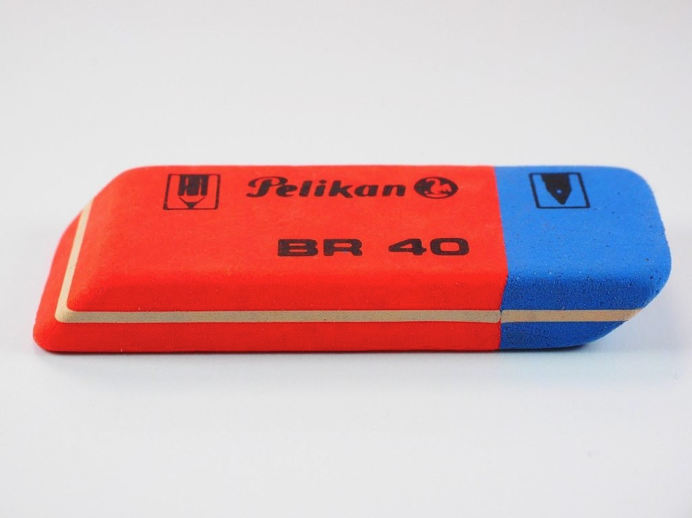
Improve the User Experience On Your Website
September 30, 2021
SEO: The 3 Most Important Techniques
October 7, 2021The road to being a successful SEO is already difficult. On top of that, don’t get in your own way!
In a nutshell, the search engine is your ally. It wants to do exactly what you do. It aspires to make relevant material visible in the same way that you aspire to make your relevant information visible. There has to be something we can do with this level of identity of interest…
The issue is straightforward to define. First, the search engine’s definition of relevancy may differ from yours. You have no choice but to reconsider because the search engine has the upper hand. Second, the search engine must be able to determine what content is relevant. You can make a significant contribution here.
Let’s take a look at some of the most common SEO blunders to avoid (search engine optimization).
Short Content.
Let’s take a look at the concept that Google provides for ranking before the #uproar about how a specific length was not defined, and so on. As a result, you should provide material that is as precise as possible in answering the query posed by the search phrase. In the best-case scenario, your information is so comprehensive that no additional searches are necessary.
When you try to meet this condition, you almost always end up with a long text. According to this previous SerpIQ survey, the average of the first ten results is over 2,000 words, with the top three coming in at over 2.400.
According to the same report, the average content length grows as the website gets older. Domains with at least 1.500 words per content have the greatest ranks, even if they are less than a year old.
Many individuals will argue that content of this length will be read by “no human.” This could be the case. However, it is the algorithm that places you on page 1 of the search results, not humans. Furthermore, it reads content.
Your Content is Like a Text Desert.
So you’ve written a lengthy text. That’s quite impressive. This may help you rise to the top of the search results. Unfortunately, the algorithm is not the only reader at the end of the day. Or, to put it another way, the algorithm doesn’t just look at the content’s length.

Another crucial ranking factor is the bounce rate. When a visitor arrives at your site only to be met by a text desert, he is likely to leave right away, increasing your bounce rate and negatively impacting your rating. It’s logical: if your material takes five minutes to read but is abandoned after 20 seconds, Google assumes it’s not as good or relevant.
To avoid this, you should focus on creating a relaxing, reader-friendly environment.
- Avoid using excessively long paragraphs and instead break up your content into smaller chunks. This makes it easy for visitors to scan the text because, let’s face it, no one reads long texts. Use text structural features like lists, captions, quotes, insertions, and so on in addition to short paragraphs.
- Also, wherever practical, use visuals and illustrations to break up your text. This permits you to reclaim the reader’s wandering attention throughout the narrative.
Your Content is Full of Errors.
Some people argue that writing on the internet allowed for a certain amount of formal sloppiness. This is a logical fallacy. While the Google bot will not be able to detect errors in spelling or grammar, your readers will. There is a certain amount of tolerance for minor errors, but it is extremely limited.

However, if your article is riddled with grammatical problems, your chances of having a link placed on it are slim to none. A strong social media presence is also not expected for this type of material.
However, these blunders are easily avoidable. Run your material through a good spellchecker, and pass it over to a proofreader if the content is crucial or decisive for conversion or non-conversion. This service is rather inexpensive these days, and it frequently works.
It’s much worse if your information contains significant inaccuracies that you didn’t intend to include, such as “fake news.” If you need to undertake content research, never gather all of your information from a single source. Personally, I attempt to identify three sources that all agree on the facts. I also double-check that the sources aren’t using each other as sources and that each source appears to be trustworthy.
Your Contents Have No Goal.
You’ll have a certain aim in mind when generating content for your company. The objective will not be to rank in the top ten search results. That’s just a different way of getting to the same place. Obtaining consumers is most likely your first goal. Visitors should be able to purchase your thermal socks, ebook, consulting services, WordPress theme, and software.

This objective must be stated. The so-called call to action should not be overlooked. You might think it’s antiquated, and that a rational person would figure out how to become a customer on his own. I’ll tell you right now: he doesn’t.
Because a clear CTA is essential, this advice belongs on the list and should be based on the meta information of the relevant content. You have complete control over the meta information, or the sections of the text that appear in the search results, and you should always do so. If you don’t, Google will utilize the first few words of your text in the search results as a teaser. The beginning of the text, however, is not the correct text p, unless it is a complete coincidence.
Conclusion: Content is King
Of course, you might make additional blunders in your SEO efforts. However, if you avoid the blunders listed below, you’ve already made a lot of work and may have reasonable expectations for a good search engine ranking.


